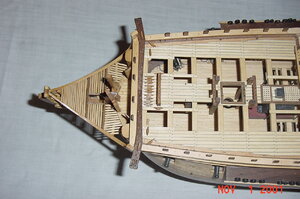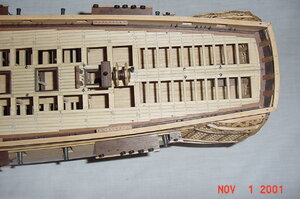Completely free of values and for Illustration only.
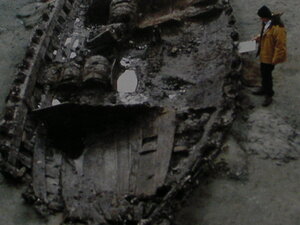
La Belle - Photo: Texas Historical Commission.
The plank widt corresponds approximately to the shoe of the historian.
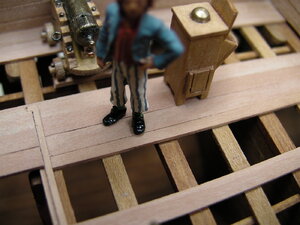
Boudriot used the data of the texas find for his model reconstruction of La Belle. Here implemented in the model.
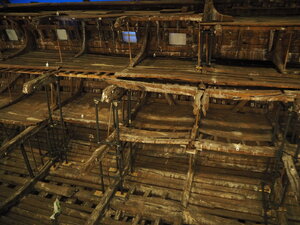
Mary Rose in Portsmouth.

Ship deck HMS Warrior. Plank width well below one shoe size.
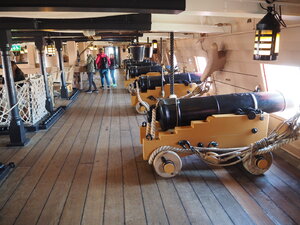
Restored deck of the HMS Victory. Deck width below one shoe size.
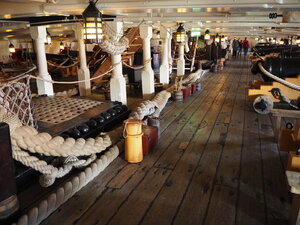
Old Victory deck.
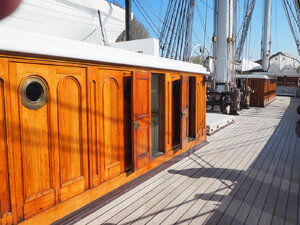
New Cutty Sark deck.
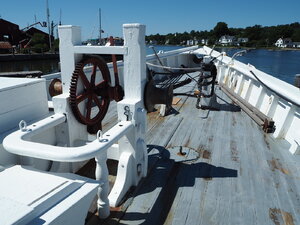
LA Dunton deck.
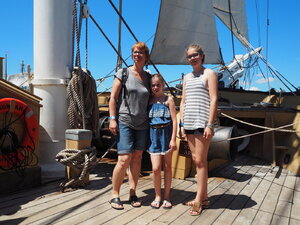
Charles W. Morgan deck.
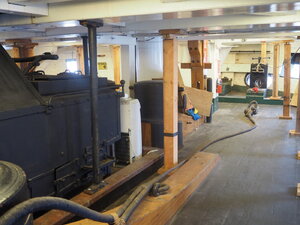
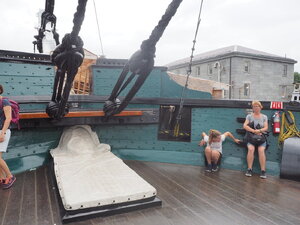
USS Constitution deck.
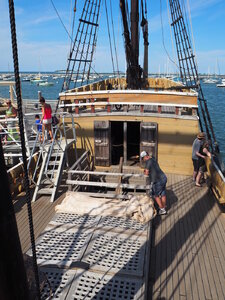
Mayflower replica deck.
Have fun looking at the pictures.
With best regards
Thomas

La Belle - Photo: Texas Historical Commission.
The plank widt corresponds approximately to the shoe of the historian.

Boudriot used the data of the texas find for his model reconstruction of La Belle. Here implemented in the model.

Mary Rose in Portsmouth.

Ship deck HMS Warrior. Plank width well below one shoe size.

Restored deck of the HMS Victory. Deck width below one shoe size.

Old Victory deck.

New Cutty Sark deck.

LA Dunton deck.

Charles W. Morgan deck.


USS Constitution deck.

Mayflower replica deck.
Have fun looking at the pictures.
With best regards
Thomas
Last edited:







